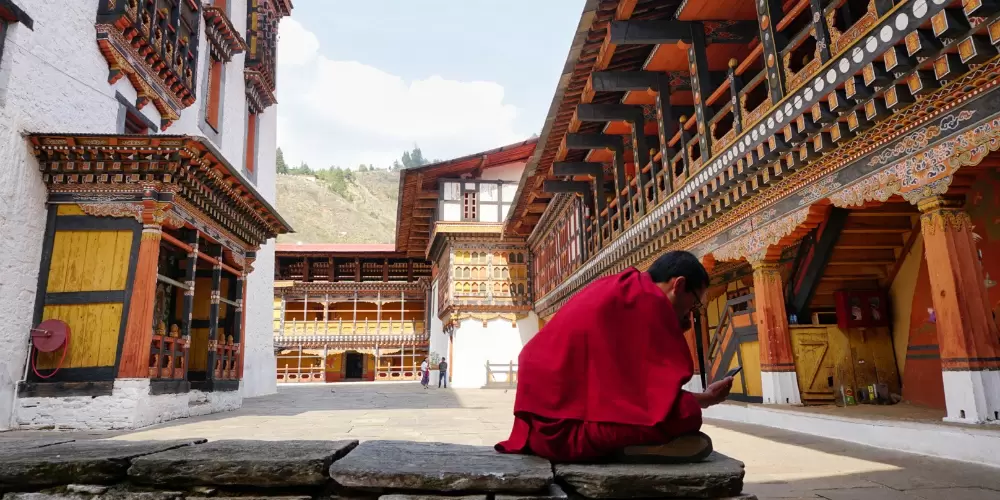What the Sherpas teach us about resilience, change and connection
During a trip through the Himalayas, I was deeply impressed by a people who have become synonymous with endurance, service and collective strength: the Sherpas. Their story is much more than a chapter in the history of mountaineering. It is a living example of how a community can adapt to a changing world without losing itself.
Sherpa meaning and origin
The name Sherpa literally means “people from the east” in Tibetan. Originally, they were farmers in the mountainous regions of Tibet and Nepal. Today, they are known worldwide as guides, porters and climbers in the Himalayas – especially since Tenzing Norgay became the first person to reach the summit of Mount Everest in 1953, together with Edmund Hillary.
But the Sherpas’ identity is much richer than one achievement. They are known for their deep spiritual connection to Buddhism, their close relationship with nature and their dedication to the collective good.
From mountain village to connected world
Until about sixty years ago, the Sherpas lived in relative isolation, dependent on agriculture and livestock farming. The arrival of tourism changed that radically. What began with guiding climbers grew into an economic and social transformation.
Not only did tourism bring employment, but also better infrastructure, healthcare, education and access to technology. In many villages, smartphones and English-language education are now as common as prayer flags and monasteries. Remarkably, despite modernisation, their culture has largely been preserved. Here, tradition and progress go hand in hand.



